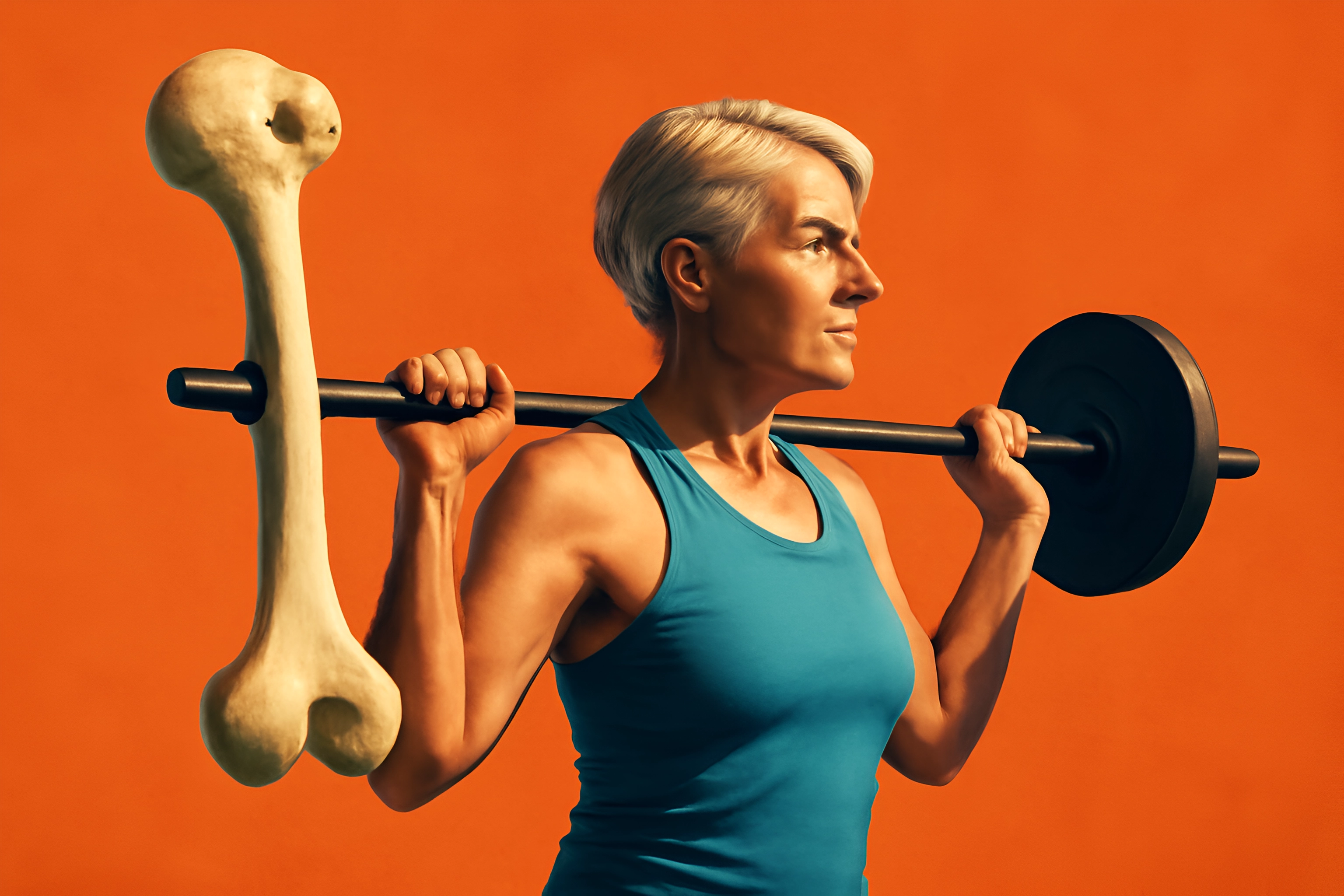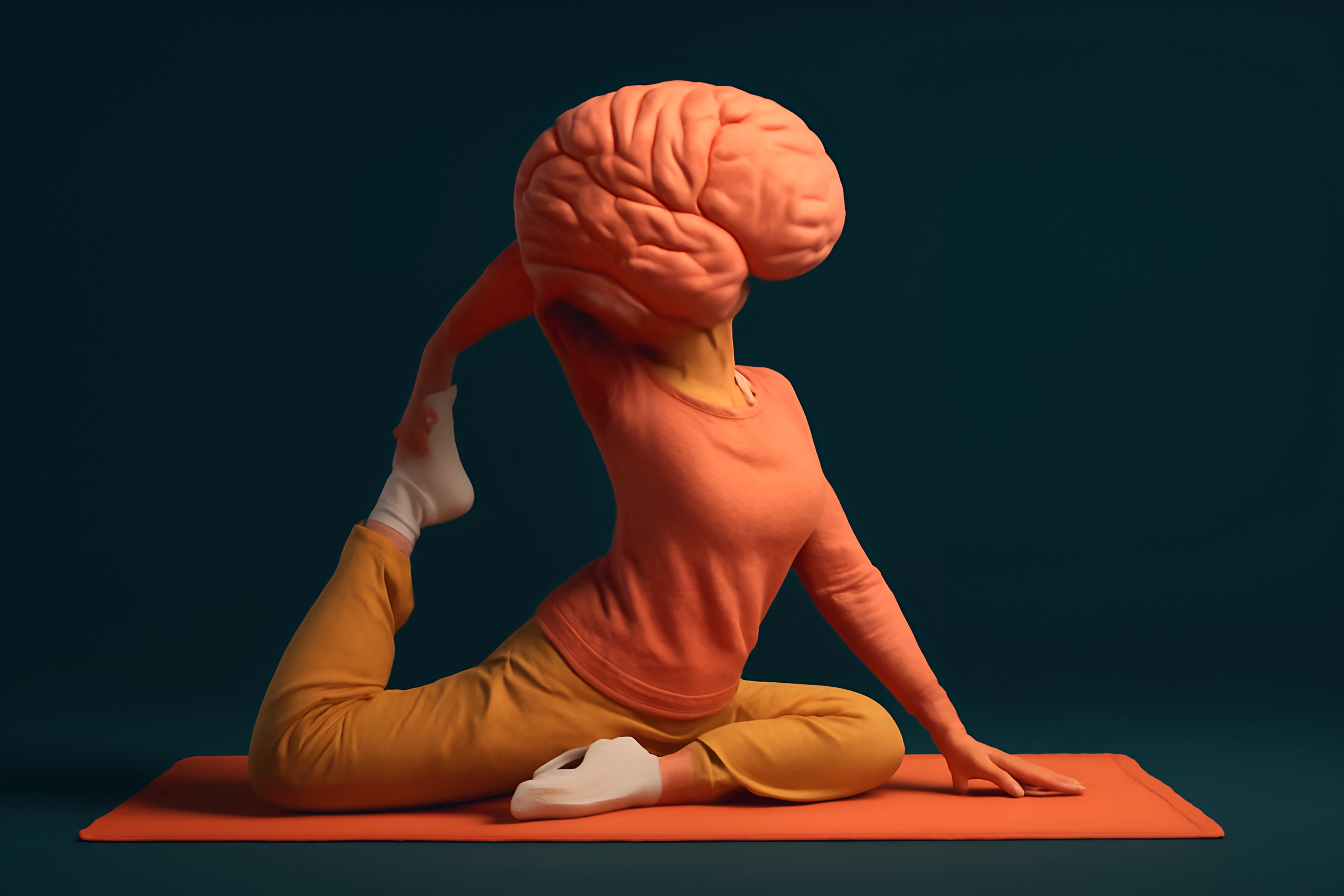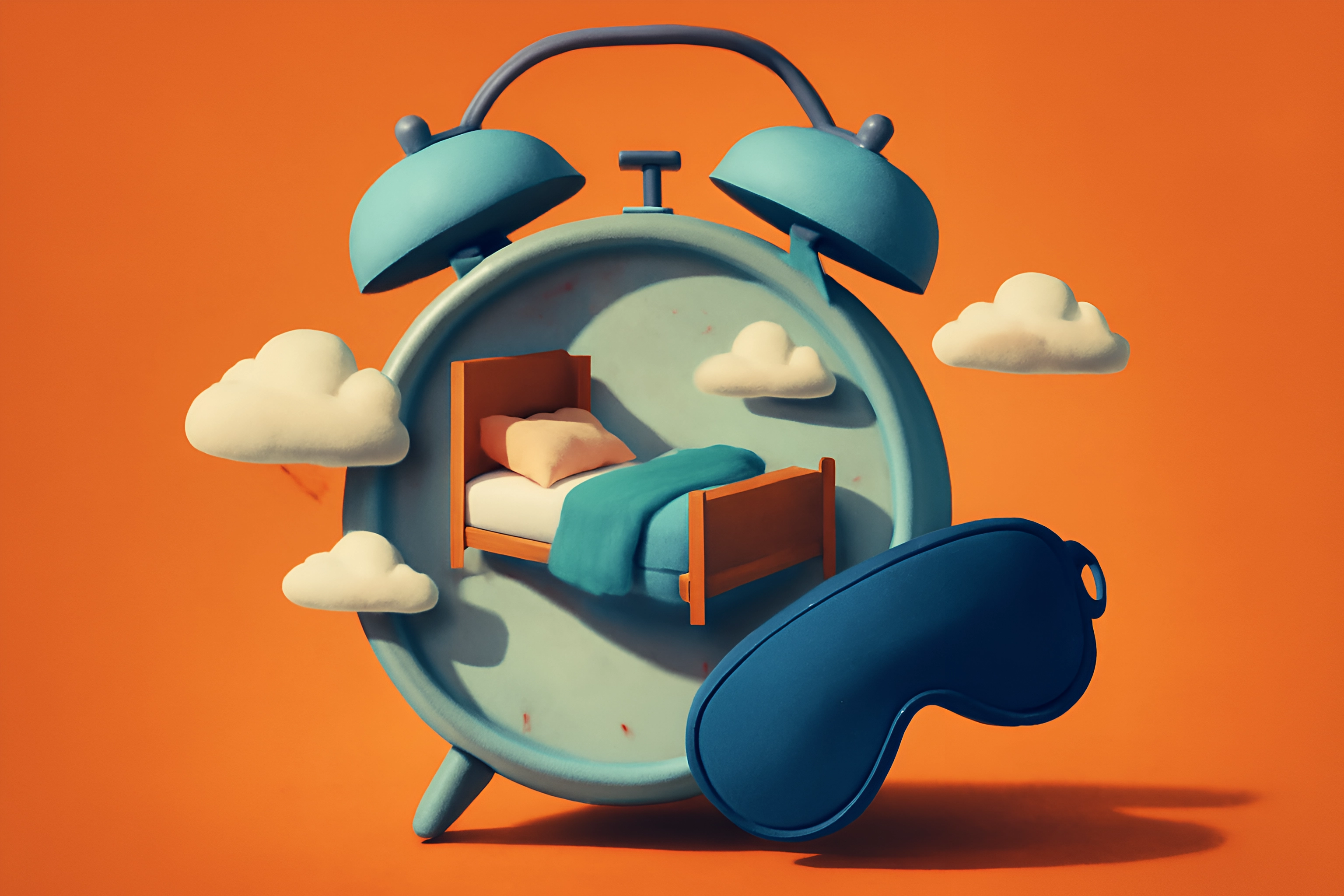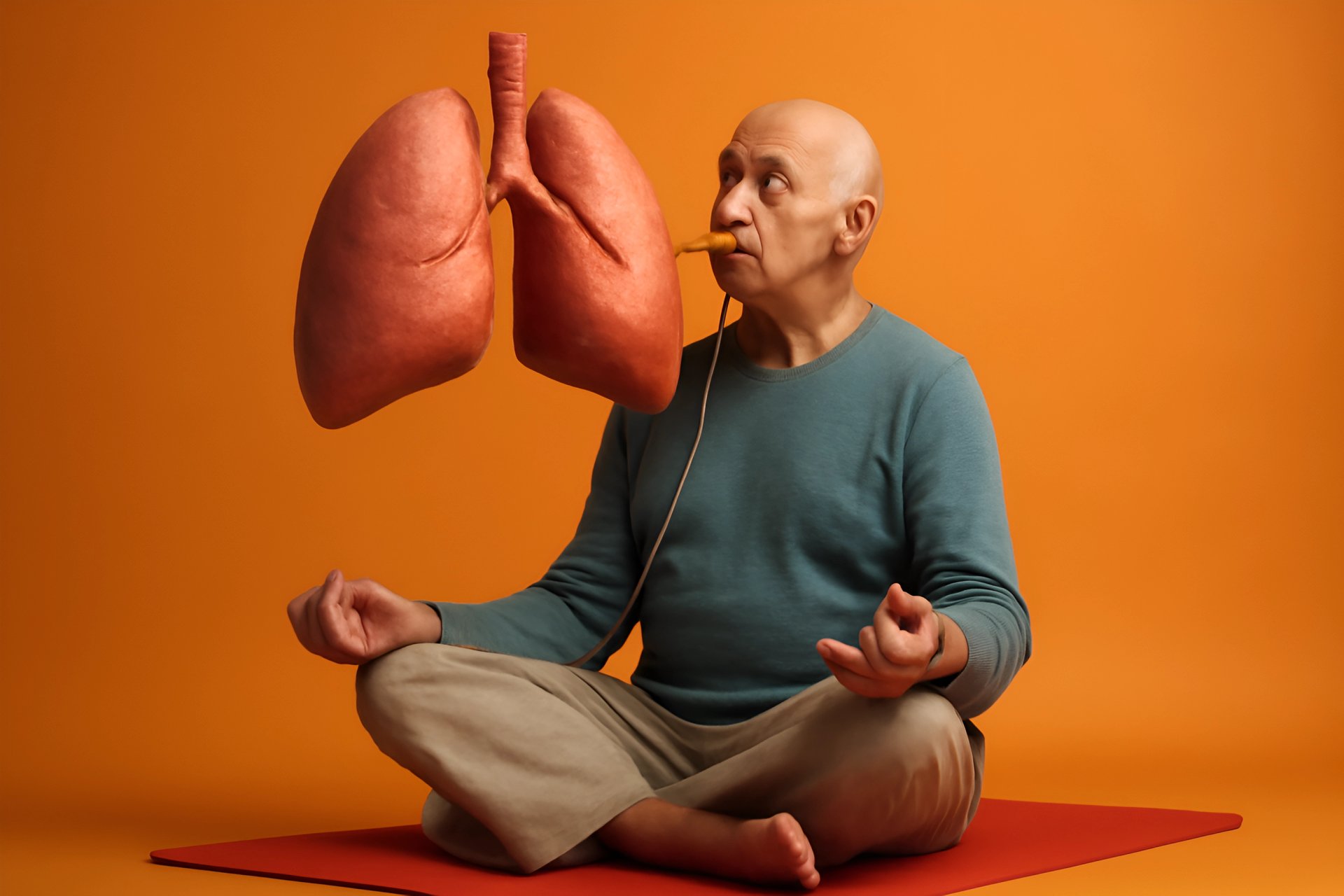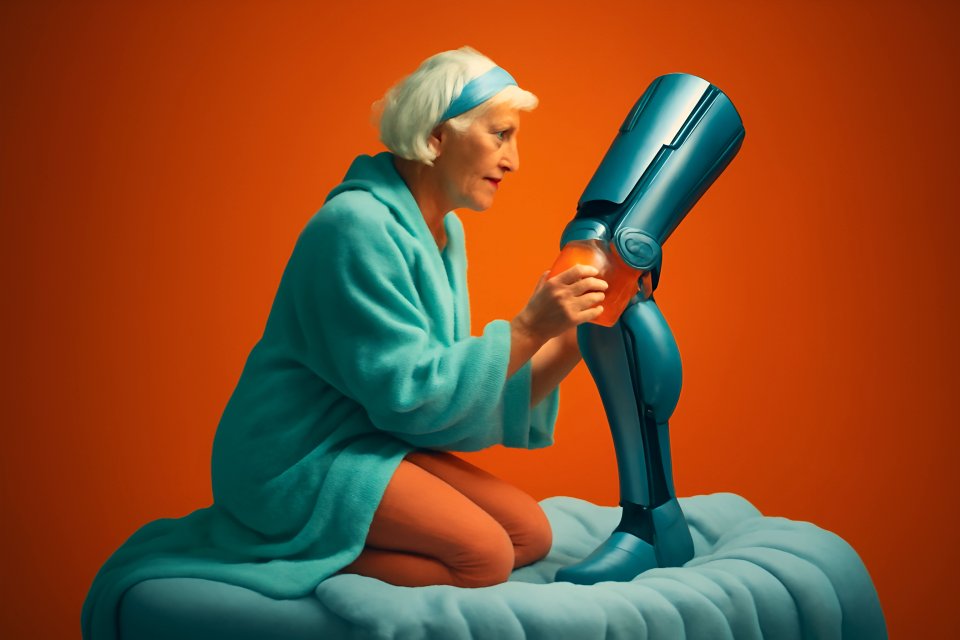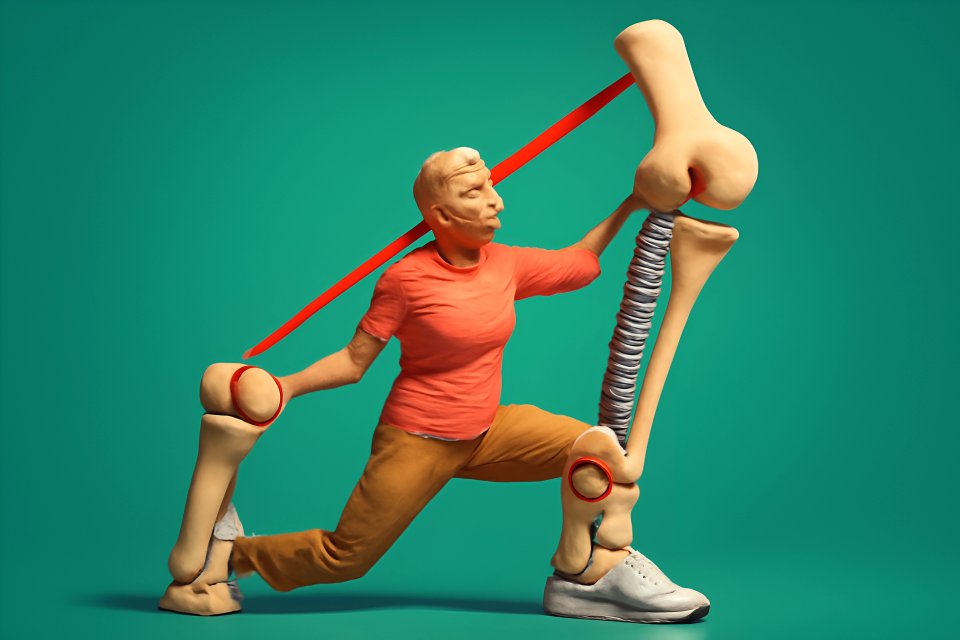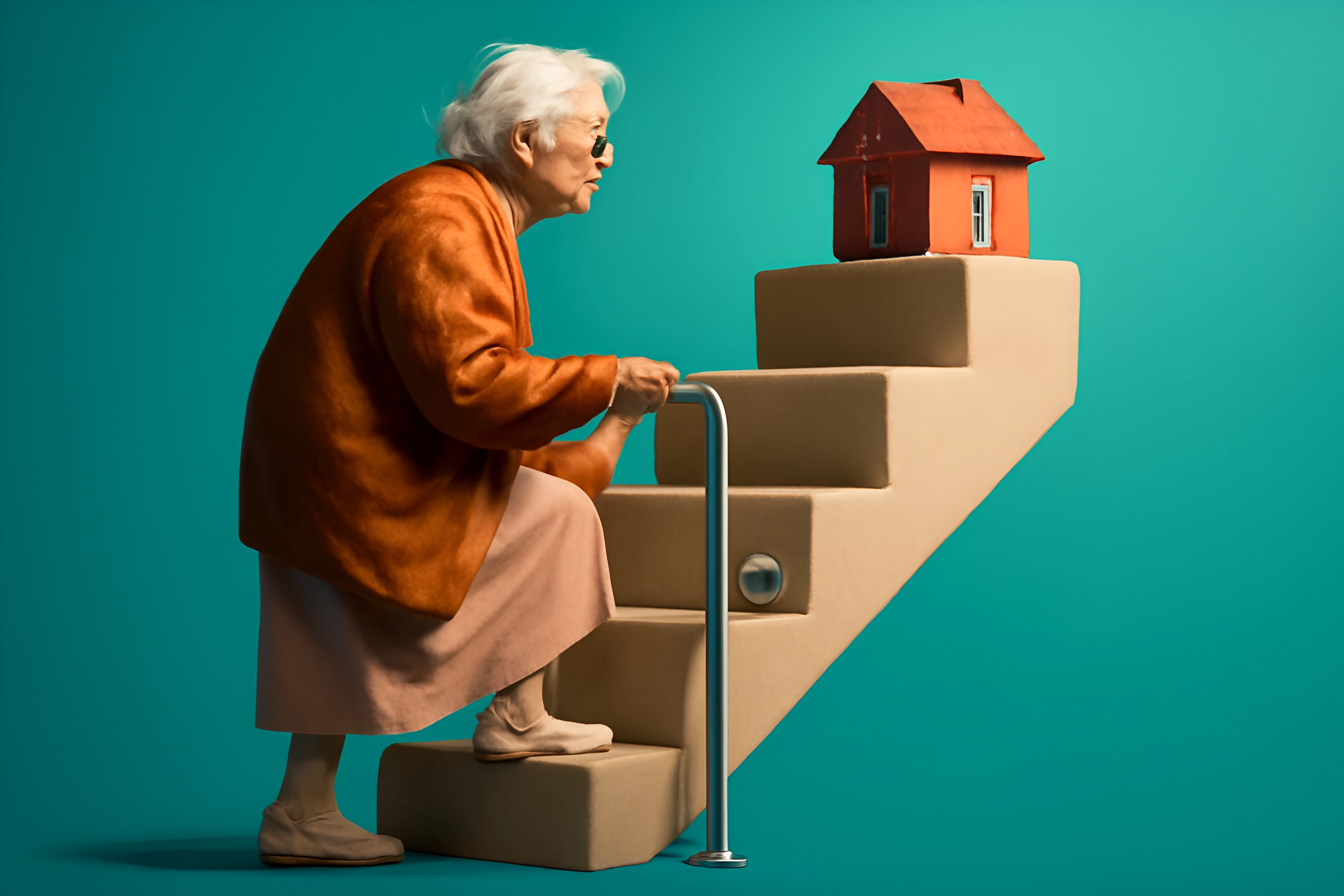
Your Home, Your Future: Embracing Independence with Confidence
Your home is so much more than just four walls and a roof. It’s a sanctuary of memories, a hub of comfort, and the command center for your independent life. What if you could ensure it stays that way, not just for now, but for all the vibrant years to come? This isn’t about limitation; it’s about liberation.
At FitOverFifty, we believe that "aging in place" is a powerful, proactive choice. It means strategically shaping your environment to support the active, healthy, and independent lifestyle you deserve. It’s about taking control and designing a future where you don’t just live in your home—you thrive in it.
A safe home is the bedrock of your physical and mental wellness. It’s the foundation that prevents a simple misstep from derailing your fitness goals and reduces the background hum of daily stress. In this guide, we’ll walk through your home together, room by room, uncovering practical aging in place home modifications for seniors for every budget, so you can invest in your home and, most importantly, in yourself.
The Foundation of Wellness: A Room-by-Room Guide to Safety
Let's get tactical. Transforming your home into a fortress of wellness doesn't have to be overwhelming. We'll break it down into manageable steps, focusing on the areas that matter most and offering solutions that range from simple weekend projects to more significant, long-term investments in your future.
This isn't just a checklist; it's a blueprint for confidence. Each modification is another step toward securing your independence and ensuring your home remains a place of strength and comfort. Let's begin the tour.
The Bathroom: The High-Priority Safety Zone
Let’s be honest: the bathroom, with its hard surfaces and water, is the number one area for potential falls. But don’t let that intimidate you. A few key changes here can dramatically boost your safety and give you unshakable peace of mind.
Simple Swaps & Quick Fixes
You can make a massive impact with just a few small, immediate changes. Start by placing high-quality, non-slip mats both inside the shower and on the floor outside it. Next, install sturdy grab bars—not towel racks, which aren't designed to support weight—near the toilet and within the shower enclosure. According to U.S. News & World Report, a staggering 19% of homes in the U.S. lack the necessary features for seniors to live safely, but these simple additions put you ahead of the curve. A raised toilet seat or a toilet safety frame can also make a world of difference, reducing the strain on your knees and back.
Long-Term Investments
When you’re ready to invest more deeply in your safety, consider a full bathroom transformation. A walk-in shower with a zero-threshold entry completely eliminates the need to step over a high tub wall, one of the most common trip hazards. Many models come with a built-in bench and are designed for a handheld showerhead, allowing for comfortable and secure seated bathing. Upgrading to a comfort-height toilet makes sitting and standing easier, and enhancing the room's lighting with brighter bulbs and a simple plug-in nightlight ensures safe navigation for those middle-of-the-night trips.
The Kitchen: The Heart of Your Healthy Habits
Your kitchen is where your wellness journey truly takes root through good nutrition. But if it’s difficult or dangerous to navigate, you’re less likely to prepare the healthy meals that fuel your active life. Let’s make this space work for you, not against you.
Simple Swaps & Quick Fixes
Start by brightening up your workspace. Installing simple, stick-on LED strips under your cabinets is an inexpensive way to illuminate your countertops, making chopping and prep work safer. Reorganize your space for efficiency by moving the dishes, foods, and cookware you use most often to lower, easily accessible cabinets and shelves. One of the most effective senior home safety tips is to replace stubborn, round cabinet knobs and faucet handles with lever-style handles, which are far easier to operate, especially for those with arthritis.
Long-Term Investments
For a kitchen that truly supports you, think about reducing the need to bend and reach. Installing pull-out shelves in your lower cabinets brings everything to you with a gentle tug, saving your back and knees. Consider having your dishwasher raised by just six inches during a future remodel; this small change can make loading and unloading significantly more comfortable. Finally, choosing a high-quality, non-slip flooring material provides better traction and a more secure footing as you move about the heart of your home.
Bedrooms & Living Areas: Creating Spaces for Rest and Mobility
Your living areas and bedroom should be zones of comfort and relaxation, not obstacle courses. The goal here is to create clear, unobstructed pathways that support easy movement and drastically reduce the risk of tripping. A clutter-free space is a safe space.
Simple Swaps & Quick Fixes
Take a weekend and commit to decluttering. Remove extra furniture that crowds walkways and either secure loose area rugs with double-sided tape or remove them entirely. Tame the "spaghetti" of electrical cords by neatly securing them along baseboards or using cord covers. Ensure that lamps are stable and that their switches are easy to reach from your bed or your favorite armchair, eliminating the need to navigate a dark room.
Long-Term Investments
As you plan for the future, consider replacing all traditional round doorknobs with lever-style handles. This simple switch makes opening doors effortless, a small change that provides a big return in daily convenience. If you live in a multi-story home and stairs are becoming a concern, exploring options for single-level living can be a game-changer. This could involve converting a downstairs den or office into a primary bedroom, ensuring everything you need is safely on one floor. This is a core principle of creating modifiable living environments for older adults.
Hallways & Stairways: Your Pathways to Safety
These high-traffic corridors are your home's arteries, and keeping them safe is critical for preventing falls. Bright lighting and secure support can transform a hazardous journey into a safe and simple passage.
Simple Swaps & Quick Fixes
Light is your best friend in these areas. Ensure that every hallway and stairwell is brightly and evenly lit, leaving no dark corners. A crucial step is to install secure handrails on both sides of the staircase for continuous support. For added visibility, apply high-contrast, non-slip tape to the edge of each step, clearly defining where one step ends and the next begins.
Long-Term Investments
For those facing significant mobility challenges, a stairlift is a powerful investment in freedom and safety, providing access to all levels of your home without risk. Another forward-thinking modification is widening doorways to at least 32 inches. While it may not seem necessary now, this change ensures your home is ready to accommodate a walker or wheelchair in the future, a key recommendation from experts in home accessibility.
Smart Aging: Leveraging Technology for Peace of Mind
Beyond physical modifications, today’s technology offers incredible tools to enhance your safety and independence. These aging in place solutions are designed to be intuitive, providing an extra layer of security and convenience that empowers you to live more confidently.
Think about integrating voice-activated smart home devices, like an Amazon Alexa or Google Home. You can control lights, adjust the thermostat, play music, or even call a family member without ever having to get up from your chair. This simple technology reduces unnecessary movement and puts you in complete control of your environment.
For an even greater sense of security, consider a Personal Emergency Response System (PERS). Modern systems have evolved far beyond the old "I've fallen and I can't get up" pendants. Today, you can get sleek smartwatches with automatic fall detection that can alert emergency services and family members even if you can't press a button. Paired with video doorbells and smart locks, which let you see who is at your door and grant access remotely, this technology creates a powerful safety net that supports a truly independent lifestyle.
Creating Your Action Plan: How to Get Started
Feeling motivated? Excellent. Now, let's turn that motivation into a concrete plan. Here’s how to get started without feeling overwhelmed.
Step 1: Conduct a Home Safety Audit
Grab a notepad and use this article as your home safety checklist for seniors. Walk through your home, room by room, and take honest notes. Where do you feel least stable? Which tasks require the most effort? This personal audit is the first and most important step.
Step 2: Prioritize Your Needs
You don't have to do everything at once. Look at your list and prioritize based on risk and impact. The bathroom is often the best place to start, but if reaching into a low kitchen cabinet causes you daily pain, that might be your top priority. Focus on the changes that will deliver the biggest improvement to your daily life first.
Step 3: Budget and Research
Once you have your priorities, you can start budgeting. Many simple fixes are very affordable. For larger projects, research your options. Organizations like your local Area Agency on Aging can often provide resources or connect you with programs that may offer guidance or financial assistance for senior home modifications.
Step 4: Know When to DIY vs. Hire a Pro
Many of these swaps, like adding non-slip mats or reorganizing cabinets, are perfect DIY projects. However, for tasks involving electrical wiring, plumbing, or the structural installation of grab bars and handrails, always hire a certified professional. Your safety is worth the investment in getting the job done right.
Conclusion: Invest in Your Home, Invest in Your Health
Making these home modifications is one of the most powerful forms of preventative care you can practice. Each change, big or small, is a direct investment in your health, your safety, and your unwavering independence. This isn't about surrendering to age; it's about taking command of your environment to continue living the full, active, and vibrant life you've built.
These changes create the perfect, secure foundation for your fitness journey. A safer home allows you to focus on building strength and balance, which is why we encourage you to explore our guide to Functional Fitness for Over 50 to further enhance your stability and confidence. You are in control of your future, and it starts right here, in the home you love.
What is one small change you plan to make this month to improve your home's safety? Share your goal in the comments below—let's inspire each other





